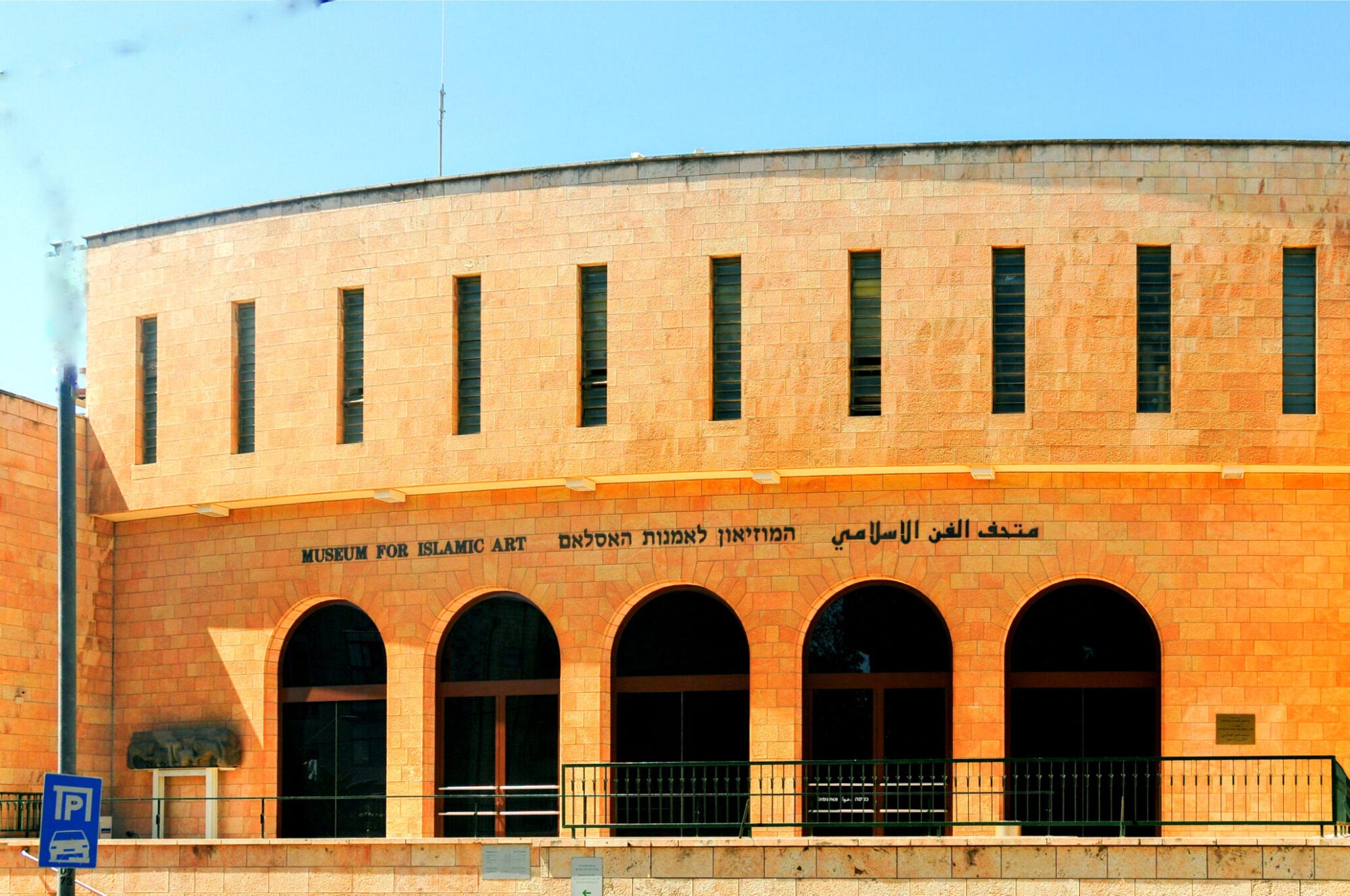The Museum for Islamic Art; known as the “Islam Museum” by locals; was founded in the 1960s by a Jewish woman named Vera Bryce Salomons. As an advocate for religious tolerance and building connections between the Palestinians and Jews in Jerusalem; Salomons wanted to create a space where all can enjoy the beauty created by the Islamic people. In fact, the Islam Museum officially opened in 1974 and has since become a smashing success. Firstly, the Islam Museum is dedicated to collecting; preserving, and sharing art pieces and archaeological artifacts that showcase Islamic art through the 7th to 19th centuries. After only five decades; the Islam Museum in Jerusalem is considered one of the significant collections of Islamic art in the world; and the only one of its kind in Israel. So whether you are visiting Jerusalem solo; as a pair, or with the whole family; the Museum for Islamic Art should be at the top of your to-do list.
The Museum for Islamic Art Exhibitions
So the Islam Museum has a mixture of permanent and temporary exhibitions. To begin with, In the permanent displays; you can explore the treasures of the Islamic culture from its various locations around the region; such as Iraq; Turkey; Iran; Syria; Egypt; Afghanistan; India, and all the way from Spain. On display; you can see ancient texts from the Qur’an; intricate jewelry; elaborate rugs; and beautiful items made of pottery; glass; and metal. While most of the Museum is centered around Islamic art, there is one exhibit on the ground floor that is European based; a gallery for time-keeping. This exhibit features a stunning collection of rare clocks and watches collected by the founder’s; Salomons, father. When she founded the Islam Museum; she brought the collection with her for all to enjoy.

THE MAIN ENTRANCE FOR THE MUSEUM FOR ISLAMIC ART IN JERUSALEM
Permanent Exhibits
Also one permanent exhibit that stands above the rest is the Islam Museum is “The story of Islam: its art and culture.” So this exhibition takes visitors through the eras of Islamic art to demonstrate how this unique culture has played a significant role in the development of the modern world we know today. In fact, viewers are drawn into the exhibit through multimedia methods such as movies and light elements combined with traditional displays like that of the Mihrab prayer niche that was beautifully designed with Armenian ceramic tiles.
So there are two main parts to the exhibit. First, the one that shows art that has been influenced by religious content. Second, the one that demonstrates how Islamic culture has led to advances in science; technology; music; and more. By exploring the story of Islam; you will gain a better understanding of this fascinating culture and how it has changed the world.
Lastly, more museums you can find in Jerusalem and are worth going are the Israel Museum for sure! And just next to it there is the Bible Land Museum. Both are worth a visit.

